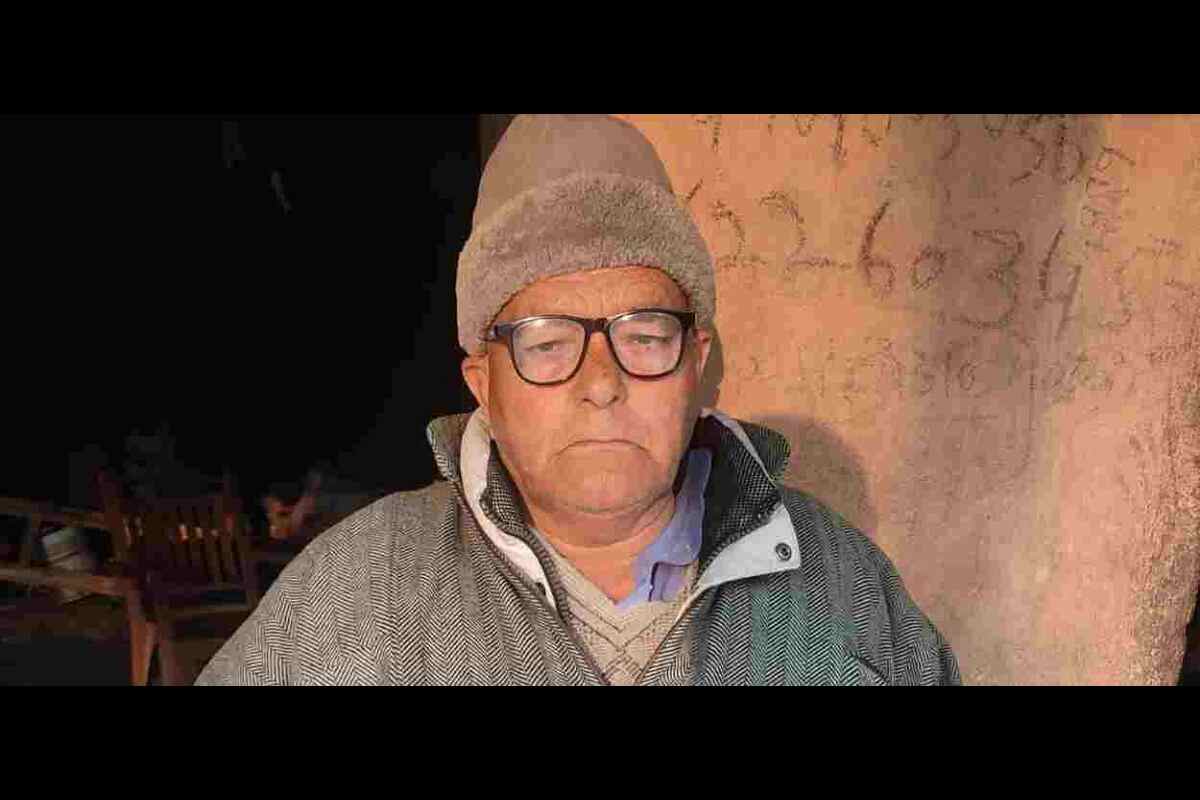In Kashmir’s complex fabric, a powerful network across politics, bureaucracy, media, and academia thrived unchecked for years. Unveiling Kashmir’s unchallenged false narratives and the controversy surrounding Padma Shri.
Unsung Heroes Emerged from Tangmarg-Magam Belt
Amidst this, the unsung heroes emerged from the shadows. Two humble Kashmiris, residents of the poverty-stricken Tangmarg-Magam belt, stood tall. Mohammad Deen Jagir of Tangmarg, acclaimed for thwarting Pakistan’s “Operation Gibraltar” in 1965, and Ghulam Mohammad Mir of Magam, known as Moma Kanna, was honoured in 2010 for quelling the insurgency in the turbulent 1990s. Kanna’s courage cost him dearly—losing 10 relatives, including three family members before the nation recognized his services.
Padma Shri Controversy Unveiled
The announcement of Padma Shri for Kanna in 2010 triggered controversy, provoking strong reactions from Kashmir’s mainstream politicians. In an era dominated by competitive separatism, even mainstream leaders outdid secessionists. Questions arose about how a ‘collaborator of security forces’ could receive such a prestigious national honour.
Farooq Abdullah’s Paradoxical Recommendation
Adding to the paradox, it was Farooq Abdullah, a Minister in Manmohan Singh’s cabinet, who recommended the award for Kanna. However, Farooq’s son, Omar Abdullah, then the chief minister, publicly distanced himself from the accolade. Denying any involvement from his party or government, Omar faced scrutiny for distancing himself from a man perceived as working against terrorists.
In retrospect, this saga illuminates the complexities of Kashmir’s political landscape, where powerful interests propagated deceit, while true heroes emerged from the marginalized corners of the region, only to face scepticism and controversy on the national stage.
For a detailed story, please visit: Awaz the voice
Also Read: India’s Global Leadership: G-20 and Development
You can connect with DNN24 on Facebook, Twitter, and Instagram and subscribe to our YouTube channel.

